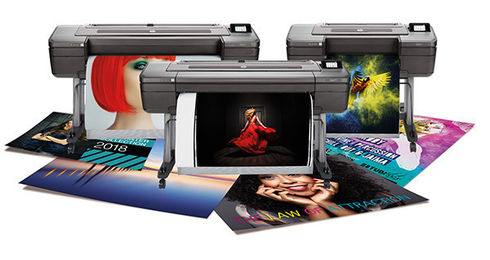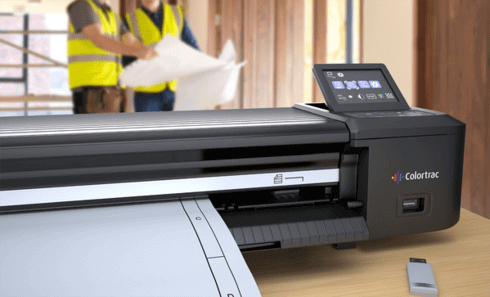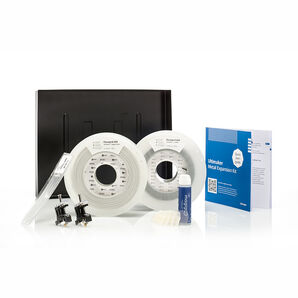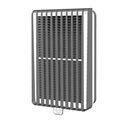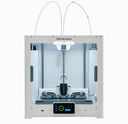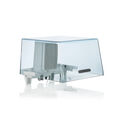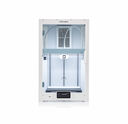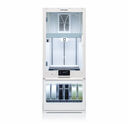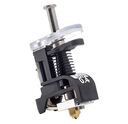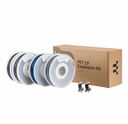- CAD Plotters
- Wide-Format Photo, Fine Art & Graphic Printers
- HP Latex, Outdoor, Signage, Wall Paper Printers & Cutters
- Wide Format Ink & Media Supplies
- Multi Functional Printers & Plan Copiers
- Large Format Scanners
- Finishing - Large Format Paper Folders, Trimmers, XY Cutters & Laminating
- Canon A4 and A3 Copier Paper
- Canvas, Stretcher Bars & Laminate
- Fabric Printers
- 3D Printers
- Bricsys BricsCAD® Software
- Colour Management & RIP Software
- Plotter Warranties
- Storage & Filing Systems
- OFFERS
Why use plot-IT?
- Est since 1965
- Group turnover - £15 million
- 5 UK offices with over 100 staff
- HP Designjet Warranty Provider
- Autodesk Gold reseller
- Canon Elite Partner
- Stratasys - Gold Partner
Ultimaker Metal Expansion Kit (04-MF-2301)
-
Description
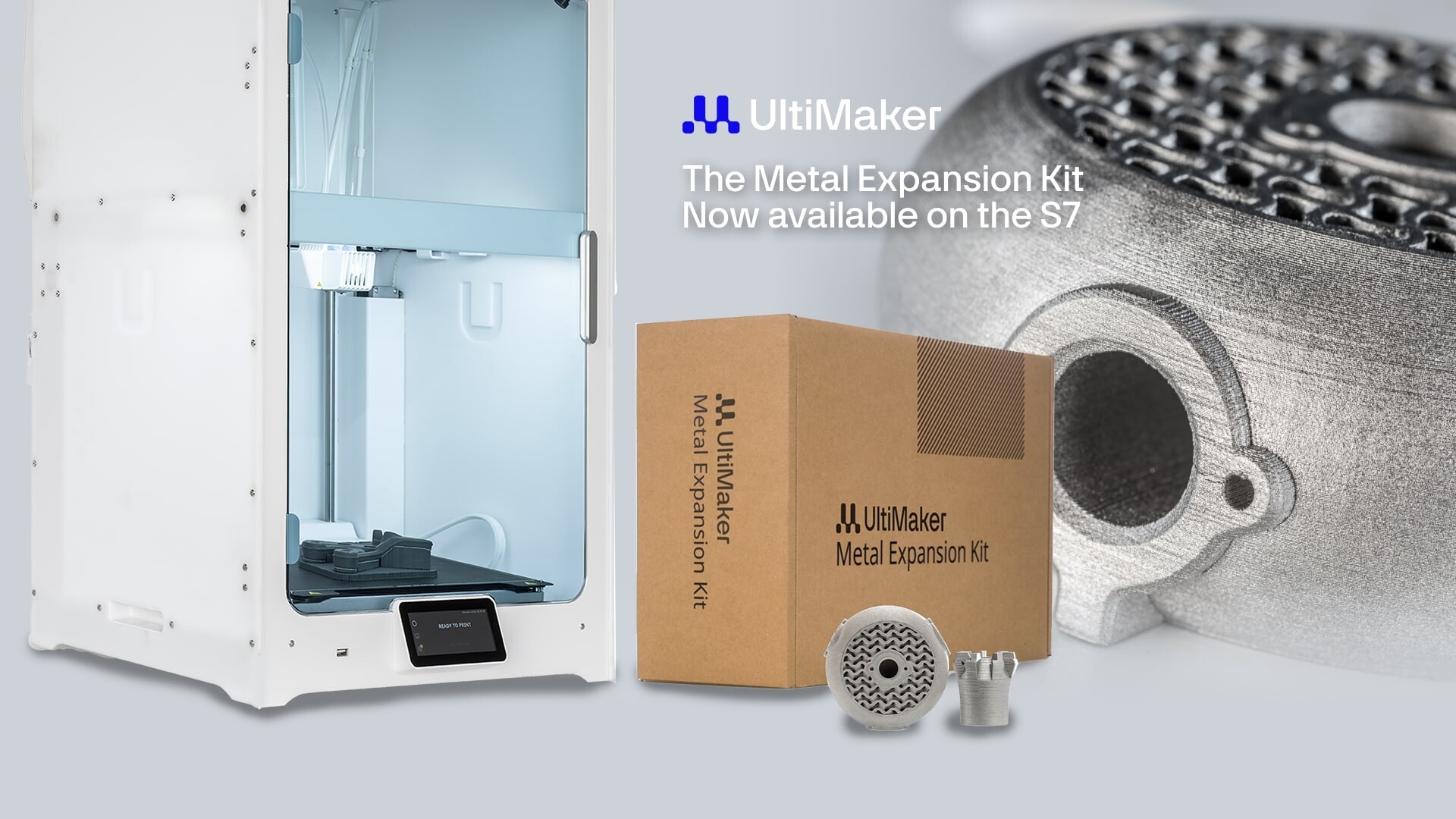
Ultimaker Metal Expansion Kit (04-MF-2301): Explore a new range of metal 3D printing applications by upgrading the UltiMaker S5 and S7 with the Metal Expansion Kit. Its easy workflow makes creating stainless steel parts easier, more efficient, and affordable.
The new Metal Expansion Kit comes with a larger and stronger dissolution tray to fit the larger flexible build plate of the UltiMaker S7. An upgrade to the UltiMaker S5 and S7, the Metal Expansion Kit contains everything you need to explore a new range of metal 3D printing applications using Ultrafuse® 17-4 PH.
Please note The Metal Expansion Kit is available on all S-Line printers (S3, S5, and S7). However, it is strongly recommended that use with the S3 should be in a well ventilated area. Using the Air Manager with the S5 model is also advised. 
Each Ultimaker Metal Expansion Kit includes a voucher toward post-processing your 3D print into a full metal part within 10 business days. This is possible via BASF's network of certified debinding and sintering services. Via an online portal, you can book your part's post-processing on the calendar and check in on your part's progress at any time.
The Ultimaker Metal Expansion Kit unlocks extra features inside the Ultimaker Cura 5 engine. These make metal print preparation simpler – automatically and accurately compensating for shrinkage that happens during sintering across all axes. You gain better control over your part and increased metal print success.
3D PRINT METAL WITH FFF:
Ultrafuse® 17-4 PH from BASF is a metal-polymer filament that offers an easy and low investment entry into metal 3D printing. Compatible with 3D printers with an open material system, this composite filament contains austenitic stainless-steel type 17-4 PH powder. Tailored to existing, MIM industry standard catalytic debinding and sintering, it produces high-quality final metal parts.
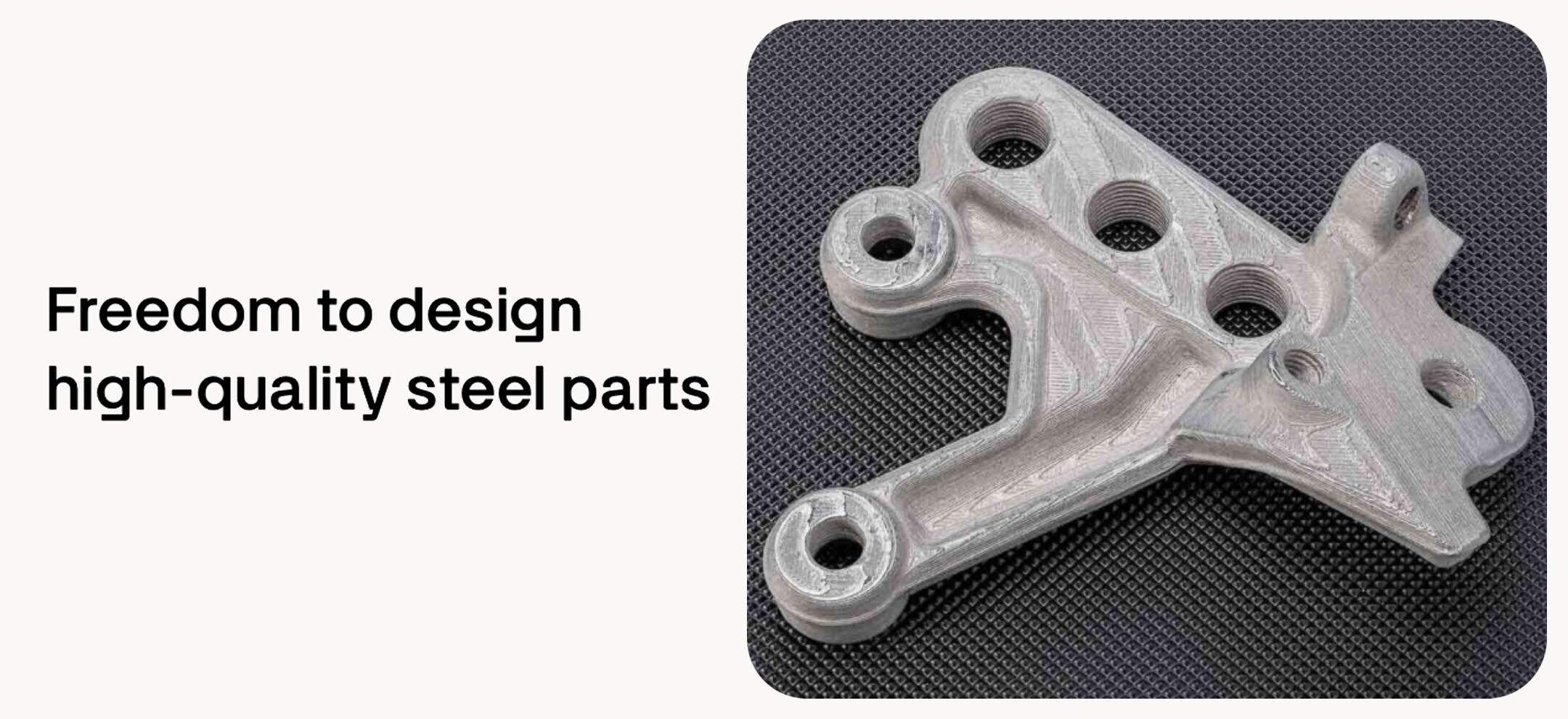
17-4 PH stainless steel plus a metal-optimized support material² offers the freedom to create strong parts with complex geometries. Plus, Ultimaker Cura 5 includes metal FFF features to give you full control and ensure a high-quality metal part.
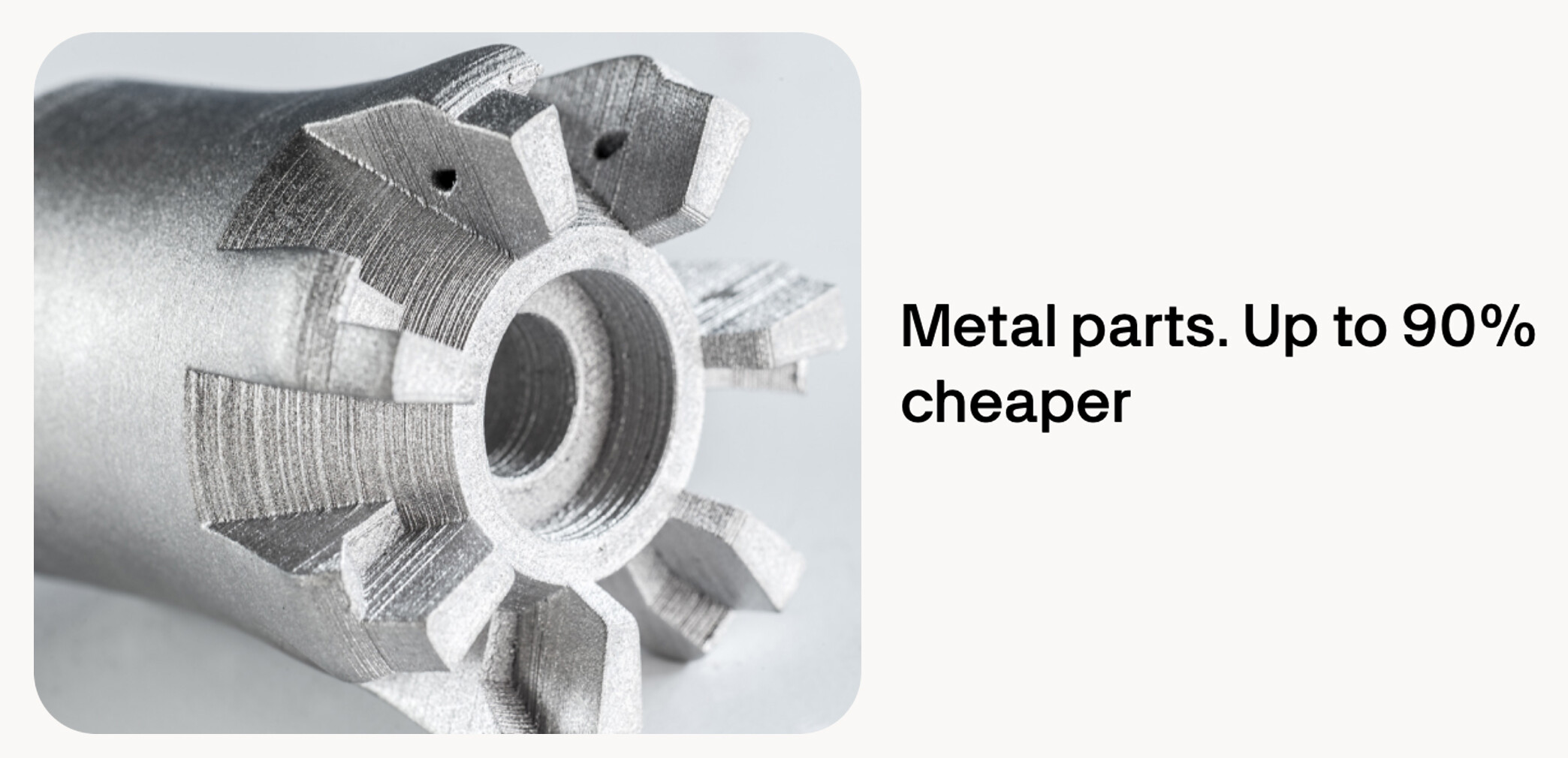
The compact and cost-effective designs of the UltiMaker S Series 3D printers facilitates seamless integration and scalability for a budget-friendly metal 3D printing solution. With a remarkably low total cost of ownership, the Fuse 1 offers an efficient alternative to traditional manufacturing methods like CNC and other additive processes. Users can achieve substantial savings, up to 90%, in the production of essential metal tools and components.
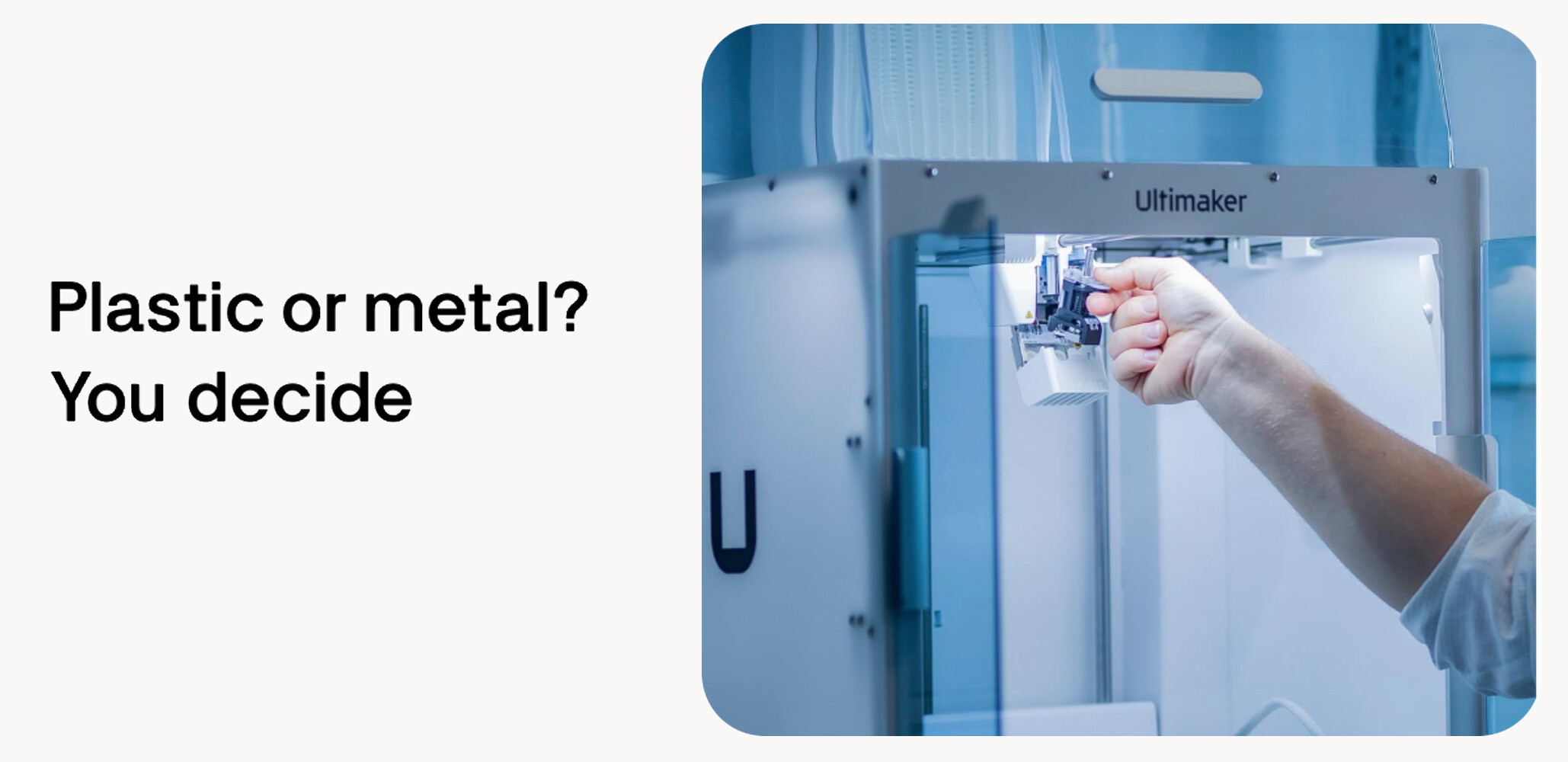
Being able to 3D print either plastic or metal on the Ultimaker S series opens up a wider range of potential applications. And because you can quickly and easily switch between materials by changing out the print cores, your printer becomes even more versatile.
APPLICATIONS:
Application sweetspots for this material include:
- Non-critical parts used in final products
- Functional prototypes for testing concepts or processes
- Custom metal devices created for a specific tooling function
BENEFITS OF PRINTING WITH MFFF (Metal Fused Filament Fabrication):
Compared to other metal 3D printing options, MFFF has a very low cost of entry. Plus, it comes with no significant health and safety considerations, while providing a high-value return. This is possible by creating low-volume parts at a 90% lower cost than CNC machining with similar or shorter lead times.
Users successfully adopting MFFF have found it to be a complementary, additional technology to the existing range of metal fabrication options. In particular, MFFF allows users to produce small volumes of custom parts where design complexity carries no additional cost. And it’s when comparing feature complexity and preparation efforts vs. volumes and material waste that MFFF really begins to shine.
-
What's included?
The Ultimaker Metal Expansion Kit includes:
- BASF Forward AM Ultrafuse® 17-4 PH (1 kg)
- BASF Forward AM Ultrafuse® Support Layer (300 g)²
- Packaging for green parts and a voucher toward post-processing*
- Ultimaker Print Core CC 0.4
- Ultimaker Print Core DD 0.4³
- Magigoo Pro Metal (50 ml) adhesive
- Free Ultimaker Cura software with optimised metal part slicing features
- Access to exclusive metal FFF e-learning content on Ultimaker Academy
- Cleaning filament (10 pcs)
- Glue release tray **NEW**
*This voucher is provided by an authorized reseller, following debinding and sintering fees
-
Metal FFF Process
Step 1: GREEN PART PRINTING
Metal FFF uses a process similar to its thermoplastic counterpart. Highly charged thermoplastic filaments with more than 90% weight of metal powders are extruded via a heated print head in the XYZ directions to create a 3D object, called the green part. This presence of thermoplastic binders is necessary to make the stainless-steel powders flowable and accessible for extrusion-based processes.
Step 2: DEBINDING
The second step consists of debinding the printed green parts and stripping out most of the thermoplastic binder. About 80% of these organic materials are removed. And the result is a brown part ready for sintering.
Step 3: SINTERING
During the sintering step, the last organic materials present in the brown part are completely removed during a short thermal debinding step. The remaining stainless-steel powder is then heated to over 1,300 °C and the powder begins to solidify by various diffusion processes. The result is volumetric contraction and a clean, DIN / ISO-quality metal part.



